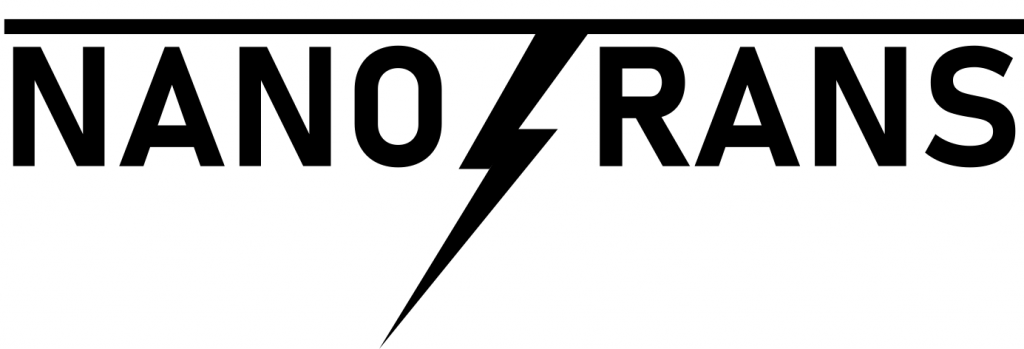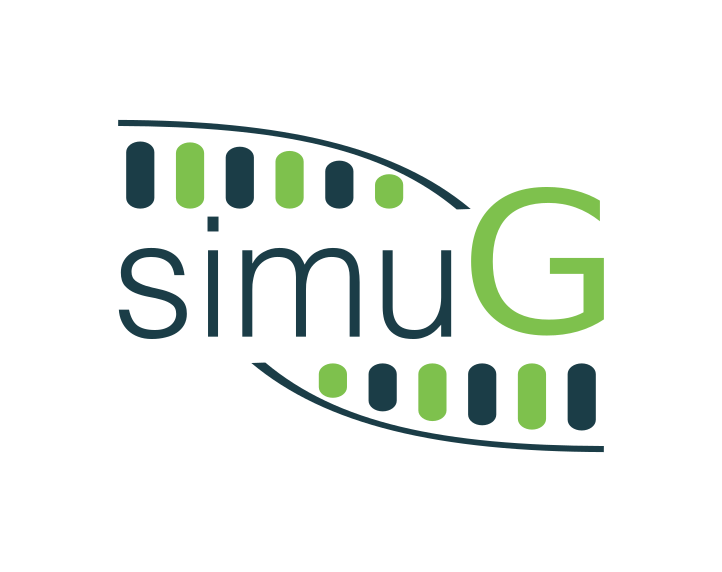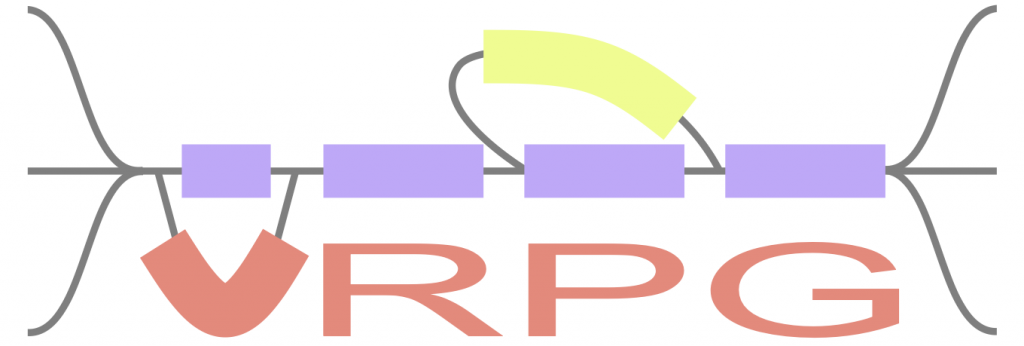[ Software Initial Letter ]
[ G ]

PCR-based gene deletion and tagging is a simple and powerful approach for studying gene functions. Here we present GetPrimers, a generalized computational framework and web tool for automatically designing primers of PCR-based gene deletion and tagging. Two modes of gene targeting strategies are supported: the long primer strategy and the short primer strategy. The long primer strategy is conventionally used but the sizes of the homologous regions that it creates for recombination-mediated gene targeting are usually limited (e.g. ~ 40 bp). In contrast, the short primer strategy can create homologous regions that are an order of magnitude larger (e.g. ~ 200-600 bp) and therefore substantially increases the efficiency of recombination-mediated gene targeting. While pre-computed genome-wide results are provided for Saccharomyces cerevisiae and Schizosaccharomyces pombe reference genomes out of the box, the input genome, gene annotation, and plasmid sequences can be fully customized based on any given species and genetic backgrounds.
Link: https://www.evomicslab.org/app/getprimers/
Publication: Miao et al. (2024) Yeast

[ back to top ]
[ L ]

Long-read sequencing technologies have become increasingly popular in genome projects due to their strengths in resolving complex genomic regions. As a leading model organism with small genome size and great biotechnological importance, the budding yeast, Saccharomyces cerevisiae, has many isolates currently being sequenced with long reads. However, analyzing long-read sequencing data to produce high-quality genome assembly and annotation remains challenging. LRSDAY is the first one-stop solution to streamline this process. LRSDAY can produce chromosome-level end-to-end genome assembly and comprehensive annotations for various genomic features (including centromeres, protein-coding genes, tRNAs, transposable elements and telomere-associated elements) that are ready for downstream analysis. Although tailored for S. cerevisiae, we designed LRSDAY to be highly modular and customizable, making it adaptable for virtually any eukaryotic organisms.
Link: https://github.com/yjx1217/LRSDAY
Publication: Yue & Liti. (2018) Nature Protocols

[ back to top ]
[ N ]

Nanopore direct-RNA sequencing (DRS) provides the direct access to native RNA strands with full-length information, shedding light on rich qualitative and quantitative properties of gene expression profiles. Here with NanoTrans, we present an integrated computational framework that comprehensively covers all major DRS-based application scopes, including isoform clustering and quantification, poly(A) tail length estimation, RNA modification profiling, and gene fusion detection. In addition to its merit in providing such a streamlined one-stop solution, NanoTrans also shines in its workflow-orientated modular design, batch processing capability, rich tabular and graphic report outputs, as well as automatic installation and configuration support. Given the rising adoption of Nanopore DRS technology in the field, we believe NanoTrans will become a highly useful tool to help researchers to fully explore the power of this exciting technology with rich biological insights obtained.
LINK: https://github.com/yjx1217/NanoTrans
Publication: Yang et al. (2024) Journal of Genetics and Genomics

[ back to top ]
[ R ]

Meiotic recombination is an essential biological process that ensures faithful chromosome segregation and promotes parental allele reshuffling. Tetrad analysis is a powerful approach to quantify the genetic makeups and recombination landscapes of meiotic products. Here we present RecombineX, an integrated computational framework that automates the full workflow of marker identification, gamete genotyping, as well as both gamete-based and tetrad-based recombination profiling in a high-throughput fashion, capable of processing hundreds of tetrads in a single batch. Aside from conventional reference-based analysis, RecombineX can also perform analysis based on parental genome assemblies, which enables analyzing meiotic recombination landscapes in their native genomic contexts. Additional features such as copy number variation profiling and missing genotype inference further enhance downstream analysis. RecombineX also includes a dedicate module for simulating the genomes and reads of recombinant tetrads for any given organisms, which enables fine-tuned simulation-based hypothesis testing.
LINK: https://github.com/yjx1217/RecombineX
Publication: Li et al. (2022) PLOS Genetics

[ back to top ]
[ S ]

Simulated genomes with pre-defined and random genomic variants can be very useful for benchmarking genomic and bioinformatics analyses. Here we introduce simuG as a light-weighted tool for simulating the full spectrum of genomic variants (SNPs, INDELs, CNVs, inversions, and translocations). It also provides a rich array of options for fine-grained controls on the specific type and properties of variants to be introduced. The simplicity and versatility of simuG make it a unique general purpose genome simulator for a wide-range of simulation-based applications.
LINK: https://github.com/yjx1217/simuG
Publication: Yue & Liti. (2019) Bioinformatics

[ back to top ]
[ V ]

With the increasing availability of high-quality reference genome assembly panel, pangenome graph is emerging as a new paradigm in genomics research for identifying, encoding, and interpreting the genetic variation landscape at the population and species levels. While impressive progresses have been made in recent years in building pangenome graph, there is also a general need for novel bioinformatic tools that enable researchers to better navigate and explore such pangenome graph towards novel biological insights. Here with VRPG, we present a web-based interactive viewer of reference pangenome graphs and demonstrated its use with yeast and human reference pangenome graphs.
LINK: https://www.evomicslab.org/app/vrpg/
Publication: Miao et al. (2023) BioRxiv

